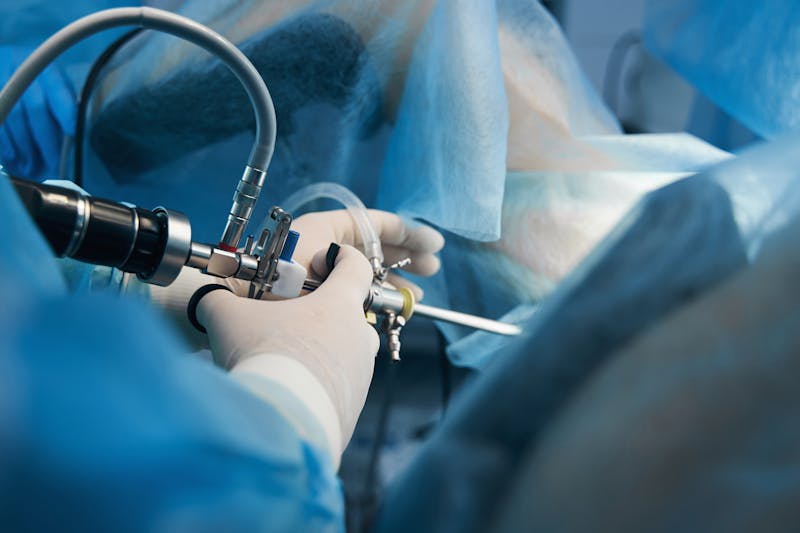
Minimally invasive spine surgery (MISS) has revolutionized the way spinal conditions are treated, offering patients a safer and more effective alternative to traditional open surgery. For those suffering from chronic back or neck pain, understanding the benefits and recovery process of MISS can help in making informed decisions about their spine health.
What is Minimally Invasive Spine Surgery?
Minimally invasive spine surgery involves using advanced techniques and specialized instruments to access the spine through small incisions. Unlike traditional spine surgery, which often requires large cuts and significant muscle disruption, MISS uses small tubular retractors to gently move muscles aside, reducing trauma to surrounding tissues. Surgeons often use real-time X-ray imaging (fluoroscopy) and microscopes to guide their procedures with precision.
MISS can treat a variety of conditions, including:
Key Benefits of Minimally Invasive Spine Surgery
-
Smaller Incisions, Less Scarring
One of the most noticeable benefits of MISS is the use of small incisions, often less than an inch long. This reduces scarring and lowers the risk of infection. -
Reduced Muscle Damage
Traditional open surgery often requires cutting through muscle tissue, which can prolong recovery. MISS minimizes muscle disruption by using tubular retractors, helping patients heal faster. -
Faster Recovery Time
With less trauma to the body, patients typically experience shorter hospital stays — sometimes returning home the same day or within 24 hours. Recovery timelines can vary, but many patients resume light activities within weeks. -
Lower Risk of Complications
Smaller incisions and less blood loss mean a reduced risk of complications such as infections, excessive bleeding, and nerve damage. -
Improved Pain Relief
By precisely targeting the source of pain, MISS can provide long-lasting relief from chronic spine conditions.
Recovery After Minimally Invasive Spine Surgery
Recovery from MISS is generally quicker and smoother than traditional surgery, but it still requires proper care and rehabilitation. Here’s what patients can expect:
-
Immediate Post-Op: Most patients experience some soreness at the incision site, but pain is usually manageable with medication.
-
Physical Therapy: A personalized physical therapy plan may be recommended to strengthen back muscles and improve flexibility.
-
Returning to Activities: Light activities can often resume within a few weeks, but heavy lifting and intense exercise may need to wait for a few months.
-
Follow-Up: Regular check-ups with your spine surgeon ensure that healing is progressing as expected.
Why Choose The Center For the Functional Restoration of the Spine?
At The Center For the Functional Restoration of the Spine, our highly skilled, board-certified spine surgeons specialize in the latest minimally invasive techniques to treat complex spinal conditions. We use state-of-the-art technology to ensure precision and safety, tailoring every treatment plan to each patient’s unique needs. Our patient-first approach focuses on reducing pain, restoring mobility, and speeding up recovery, so you can get back to living your life pain-free.
If you’re considering minimally invasive spine surgery, don’t wait — schedule a consultation with us today and take the first step toward a healthier spine.

